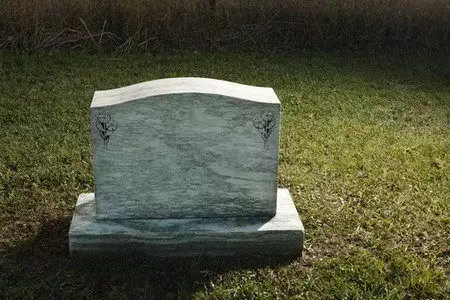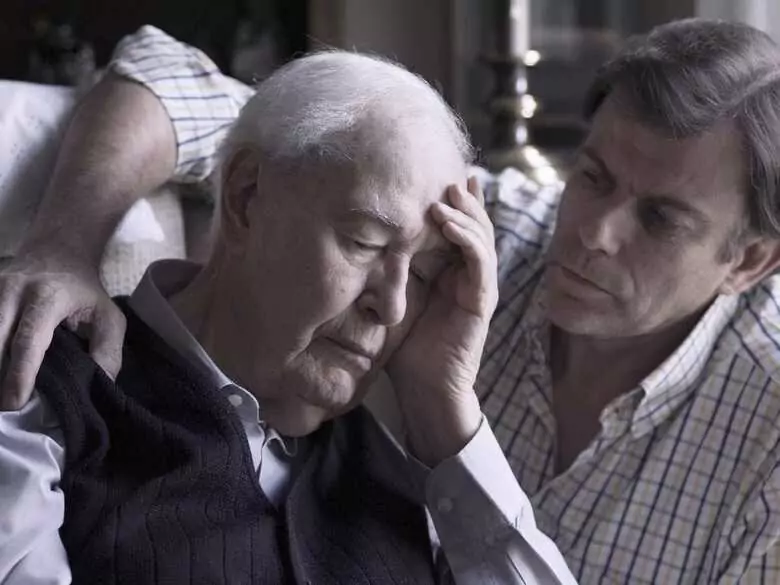Death for each of us is a great mystery, an unsolved riddle. It is also part of our lives. Each of us was born, each of us will also die. We are able to estimate the time of birth because it is easy to calculate it from the moment of conception. The final day we are not able to calculate in any mathematical way. There is no algorithm or equation that defines the day of our death. What we can surmise is when that time will occur. Many people, at some stage in their lives, come to the conclusion that it is worth preparing for it. However, it is difficult to prepare for it when it comes suddenly.
People have been trying to discover the face of death since the dawn of time. In ancient Greece, death was identified with the son of Night, the brother of Dream, Tanatos. During the Middle Ages, the 'danse macabre' or dance of death was popular. This allegory was intended to make people realise that all are equal at the hour of the end of life. The motif of death was explored by great writers, such as Jan Kochanowski in his Threnody, Władysław Reymont in Chłopy (Peasants), Henryk Sienkiewicz in Ogniem i Mieczem and Tadeusz Borowski in his collection of short stories. Each of us, irrespective of the era, would find a suitable reading that depicts death through symbolism. Despite the passage of years, affirming death is still difficult. But how can we understand the last moments of life in the face of tragedy?

photo ojoimages
Each of us can ask ourselves this question: why did this happen? There are no words in the world that can express how great human grief is in the face of the passing of those close to us. The hardest thing to come to terms with is that only memories remain.









